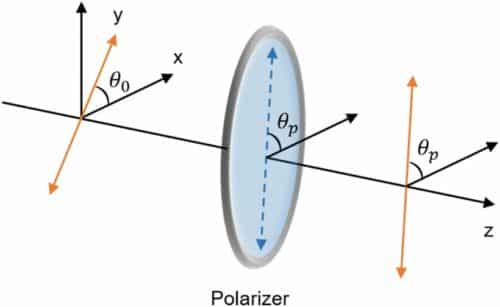Researchers have invented a smart glass system that could polarize the sunlight passing through it for wireless data transmission to electronic devices, this offers a low-energy alternative to Wi-Fi

Traditional optical wireless communication systems encoded data at different intensities. But if the frequency of these intensity changes is too low, it can be detected by the human eye causing an uncomfortable flicker effect. To avoid this, KAUST researchers have designed a smart glass system, encoding data into the sunlight passing through it that is detected and decoded by devices in the room. This provides a greener mode of communication compared to conventional Wi-Fi or cellular data transmission
Basem Shihada had been exploring data encoding into an artificial light source when he had the lightbulb moment to use sunshine. “I was simply hoping to use a cell phone camera to record a video of the encoded light stream to try to decode the video to retrieve the data; that’s when I thought, why not do the same with the sunlight?” Shihada recalls. “This would be much easier and can be done over the cell phone camera too. So we began to explore sunlight as an information carrier,” he says.
The team developed this sunlight communication system configured with a light modulator embedded in the glass surface and an in-room receiver. The modulator consists of an array of proposed smart glass elements known as Dual-cell Liquid Crystal Shutters (DLSs). The liquid crystal shutter array will work like a filter to encode signals into the light as it passes, it would need just 1 Watt of power to operate, which can be supplied using a small solar panel.
The DLS is therefore designed to manipulate a property of light called polarization. “Change in light polarization is imperceptible to the eye, eliminating the flicker problem,” Ammar says. “The communication system works by changing the polarization of the incoming sunlight at the modulator side. The receiver can detect this change to decode the transmitted data.”
The team calculated that the proposed setup could transmit data at 16 kilobits per second. “We are now ordering the necessary hardware for a testbed prototype implementation,” Shihada says. “We would like to increase the data rates from kilobits to mega- and gigabits per second,” he adds.
Click here for the Published Research Paper





